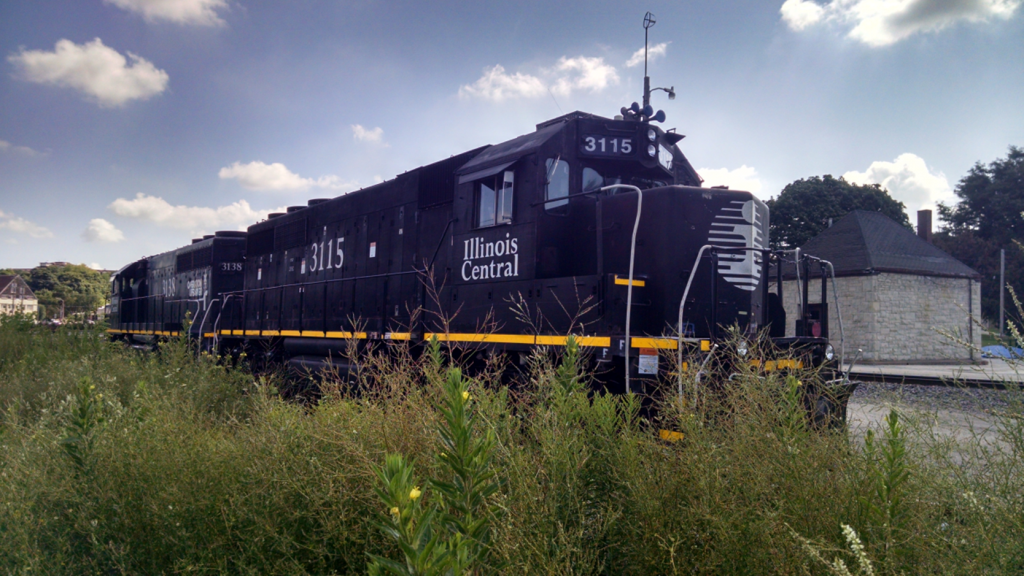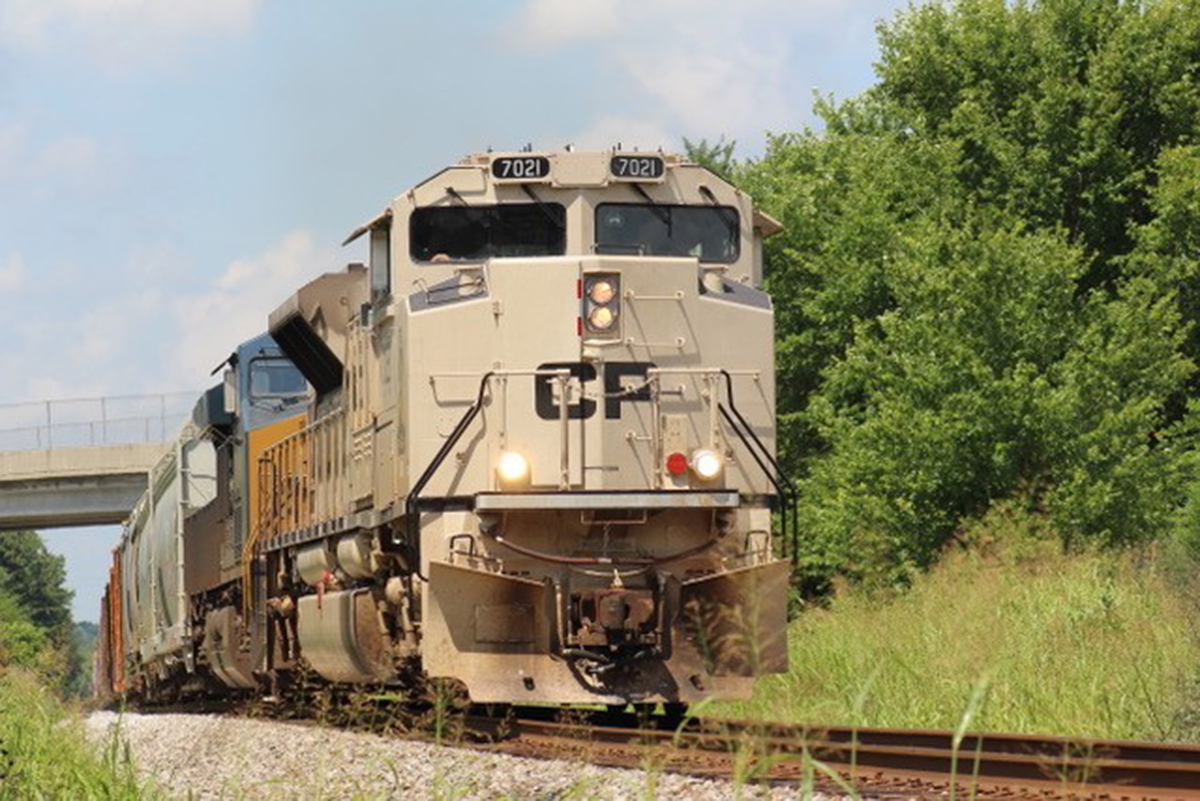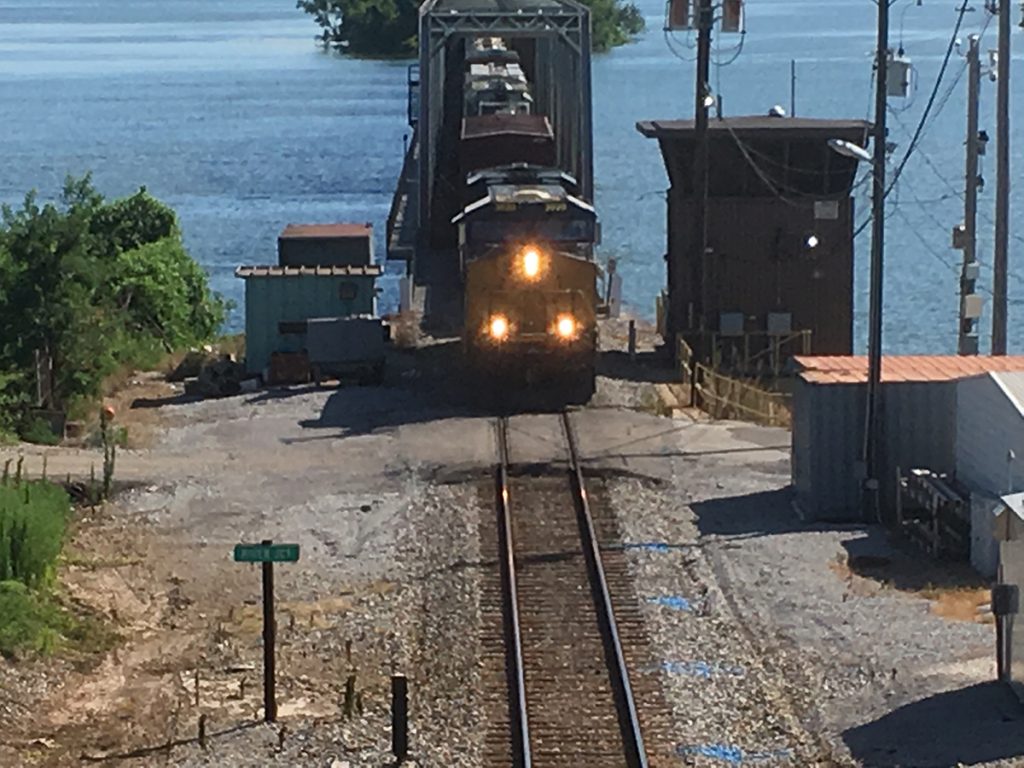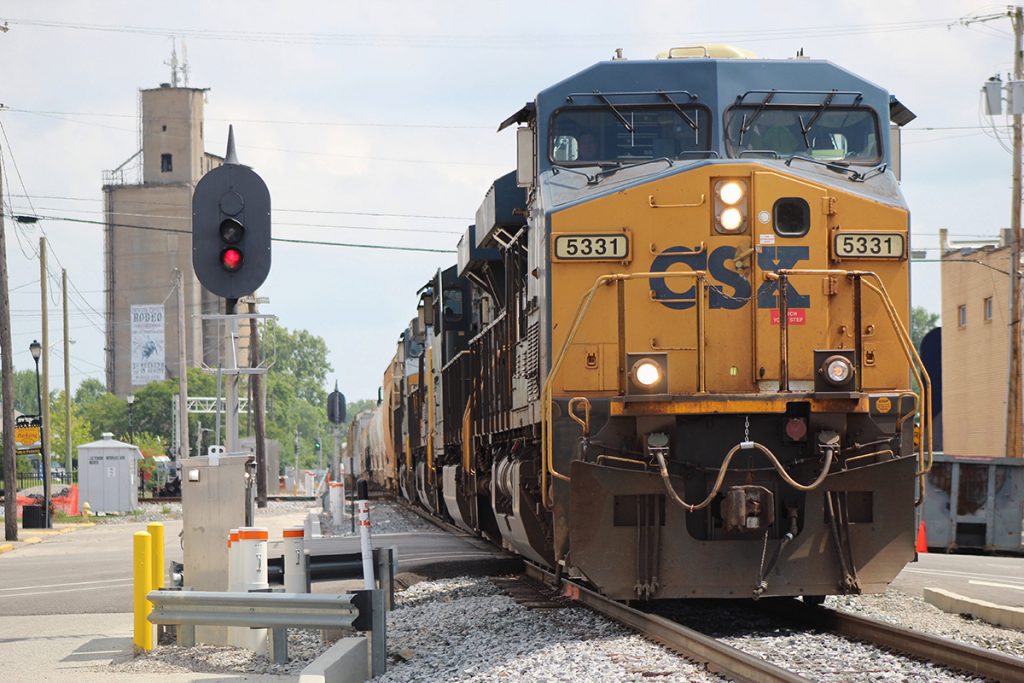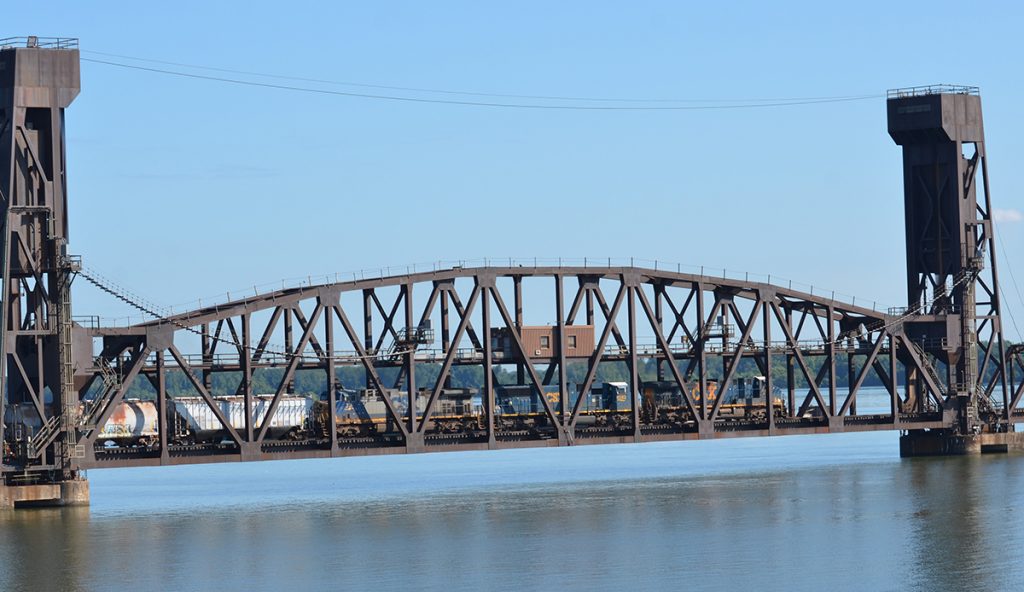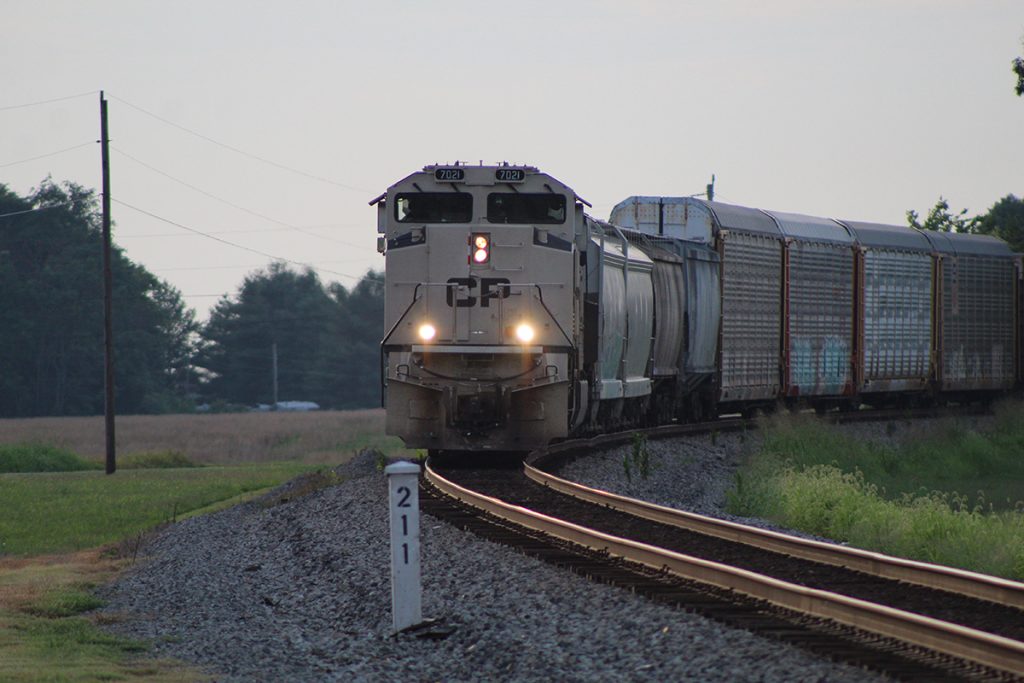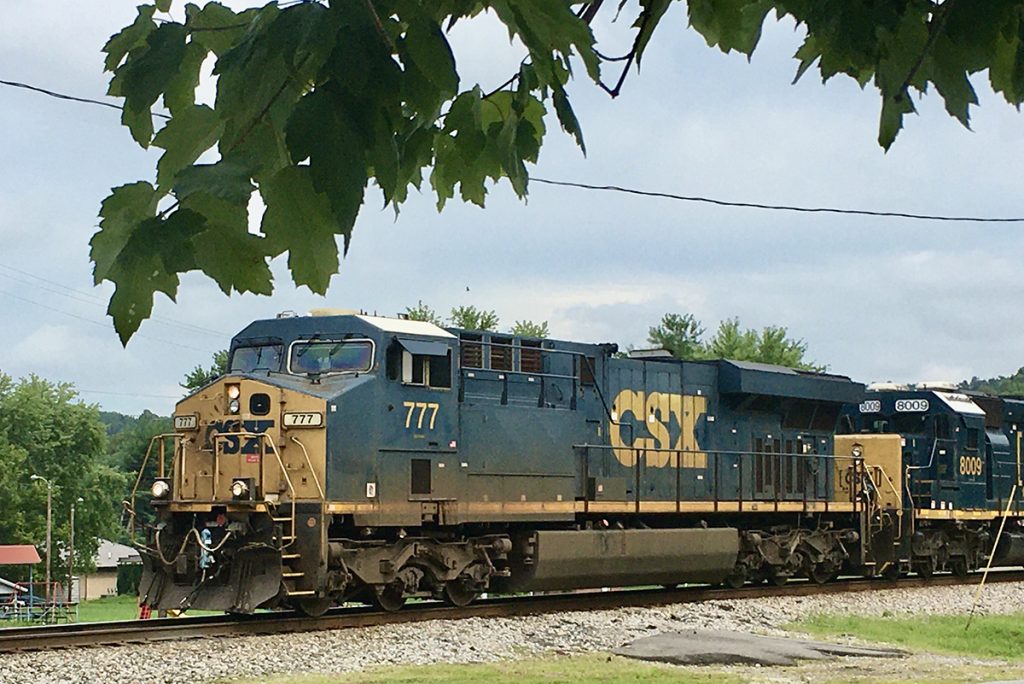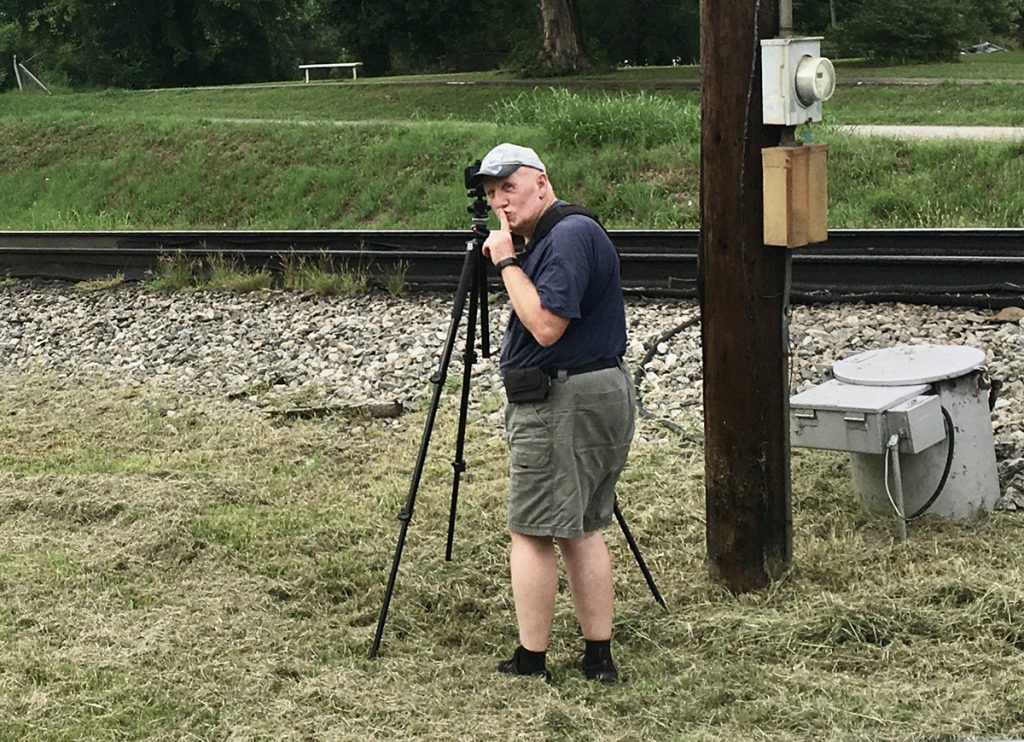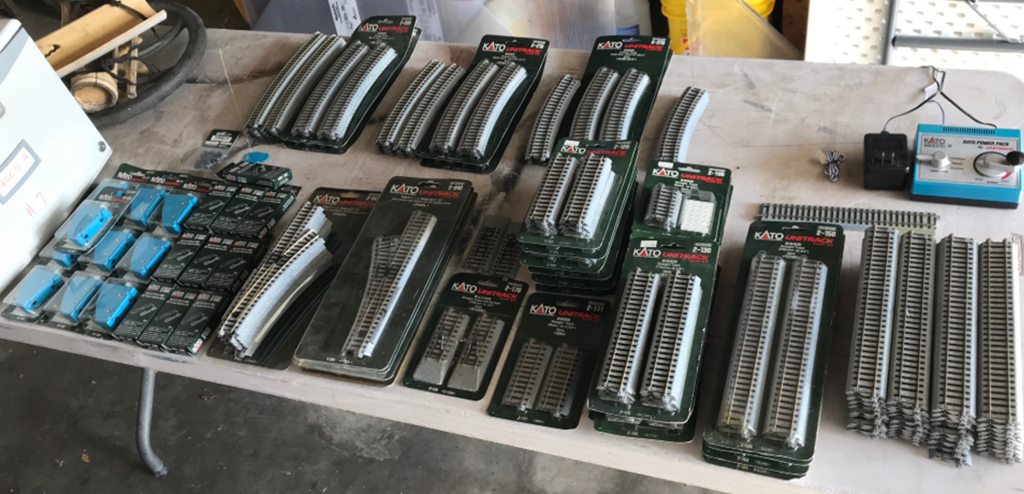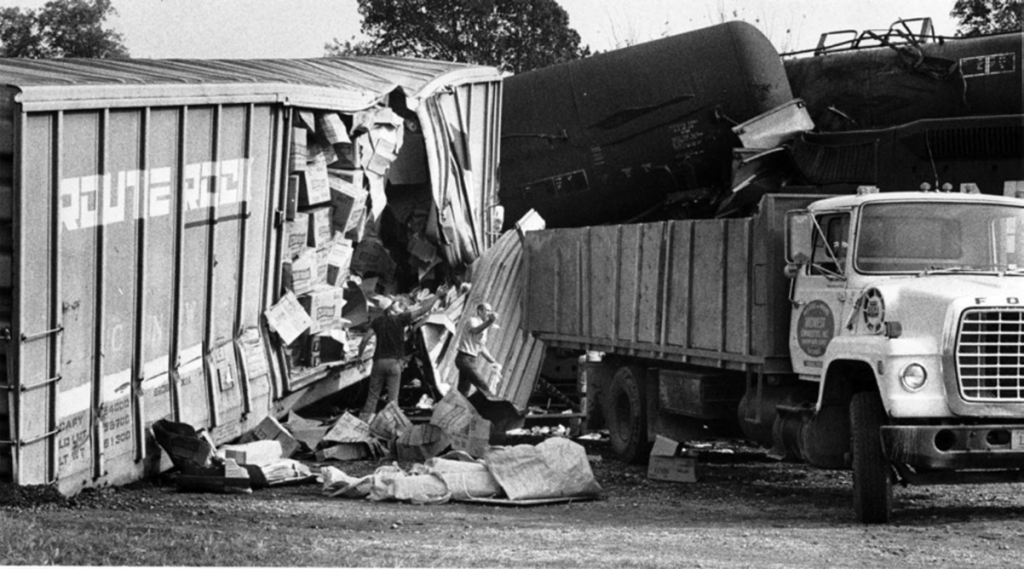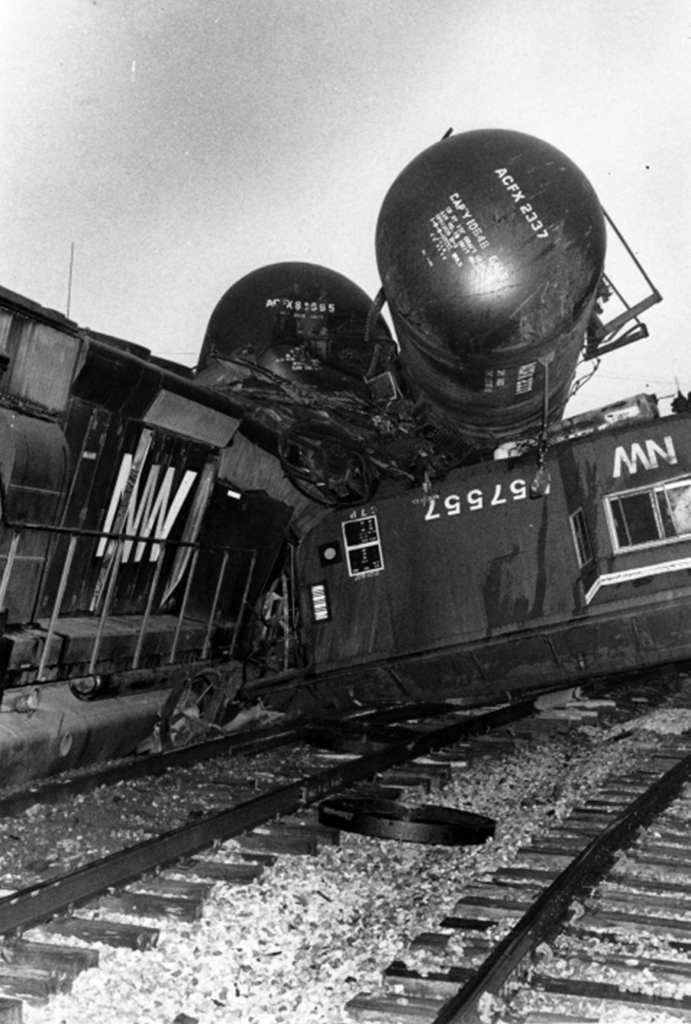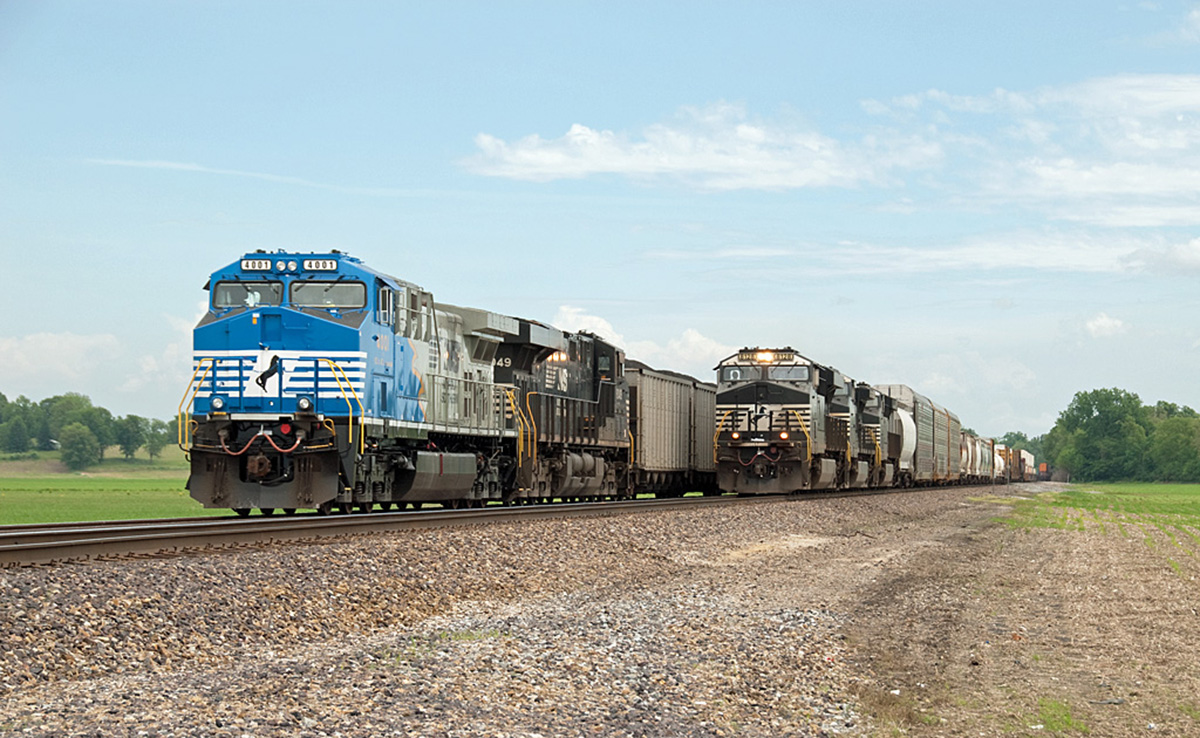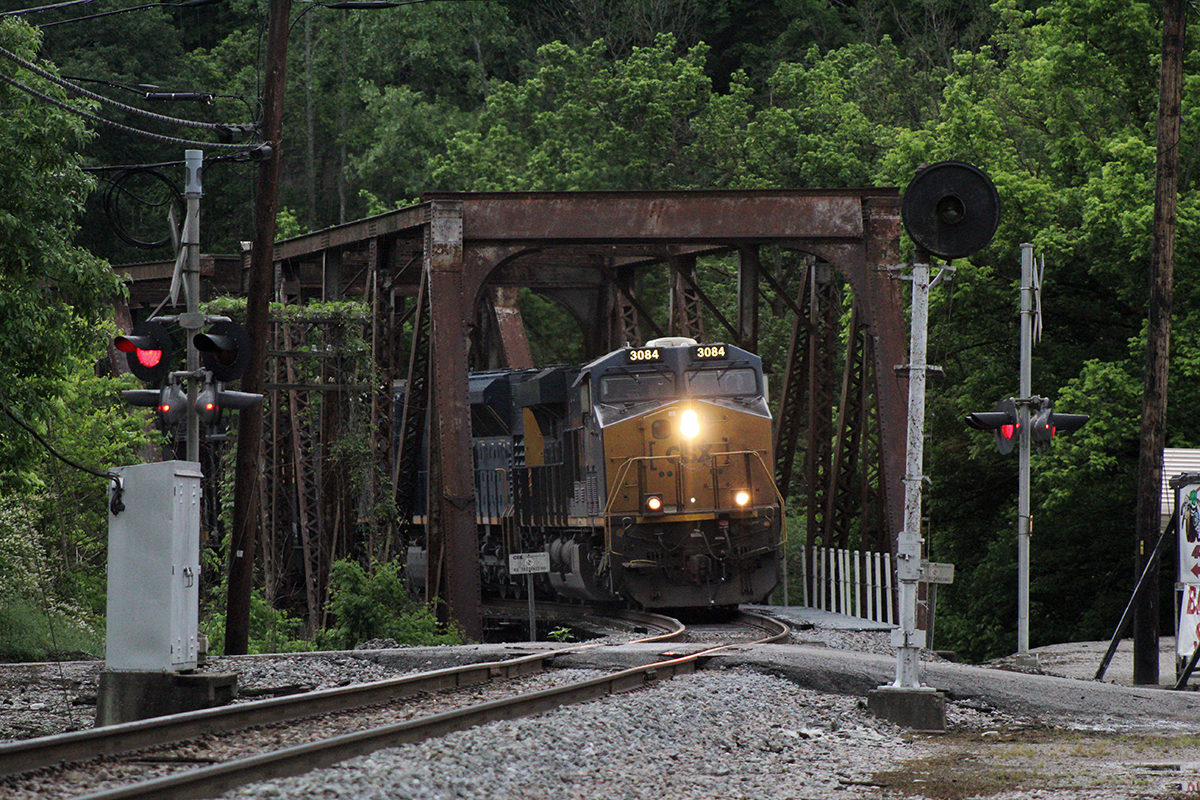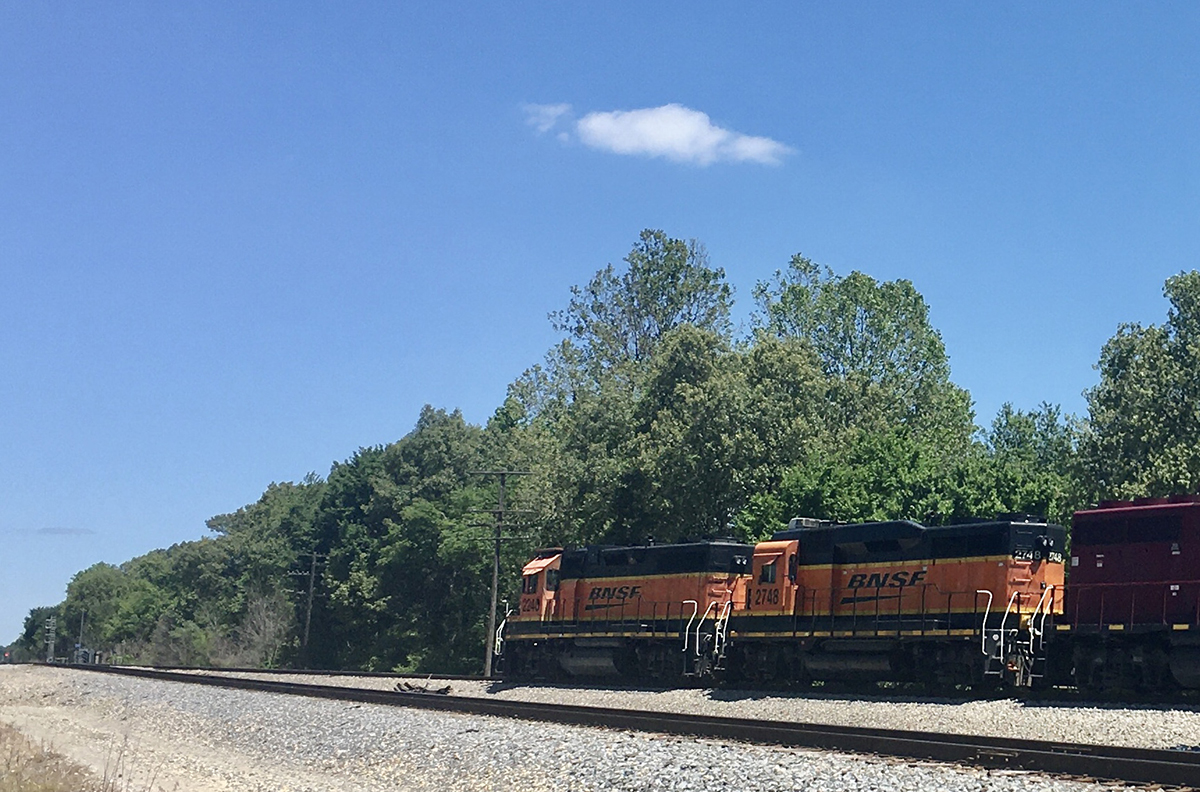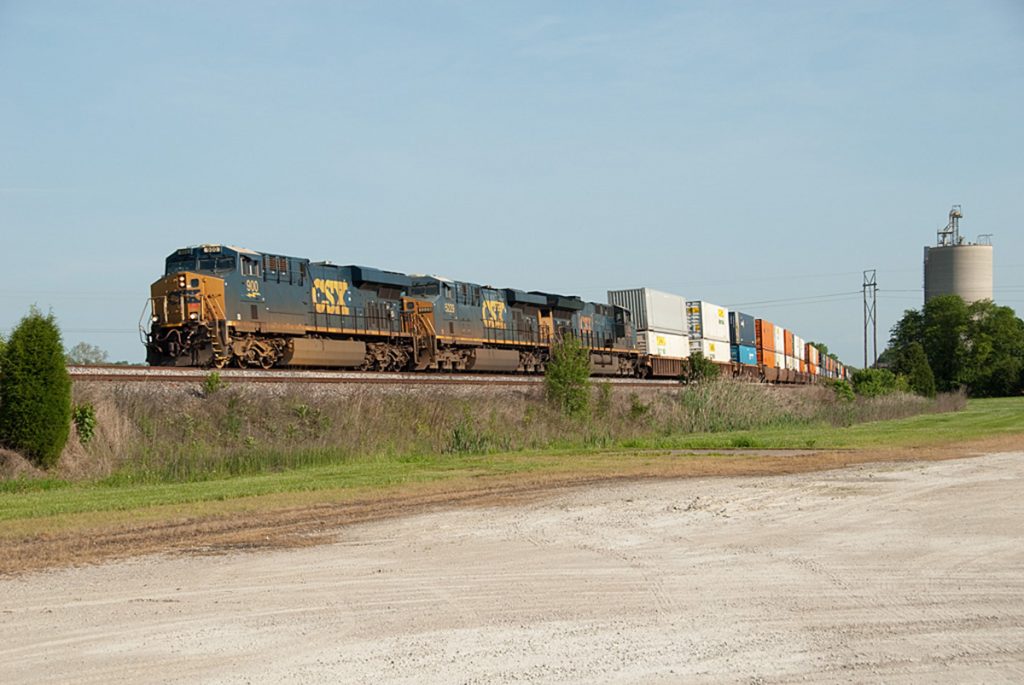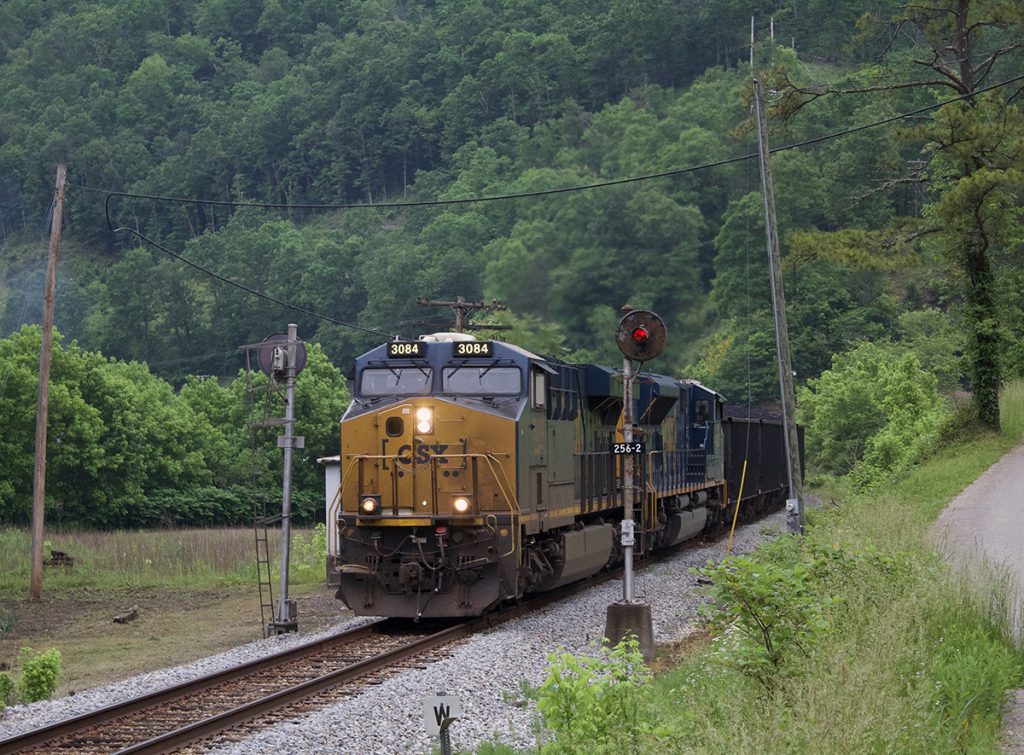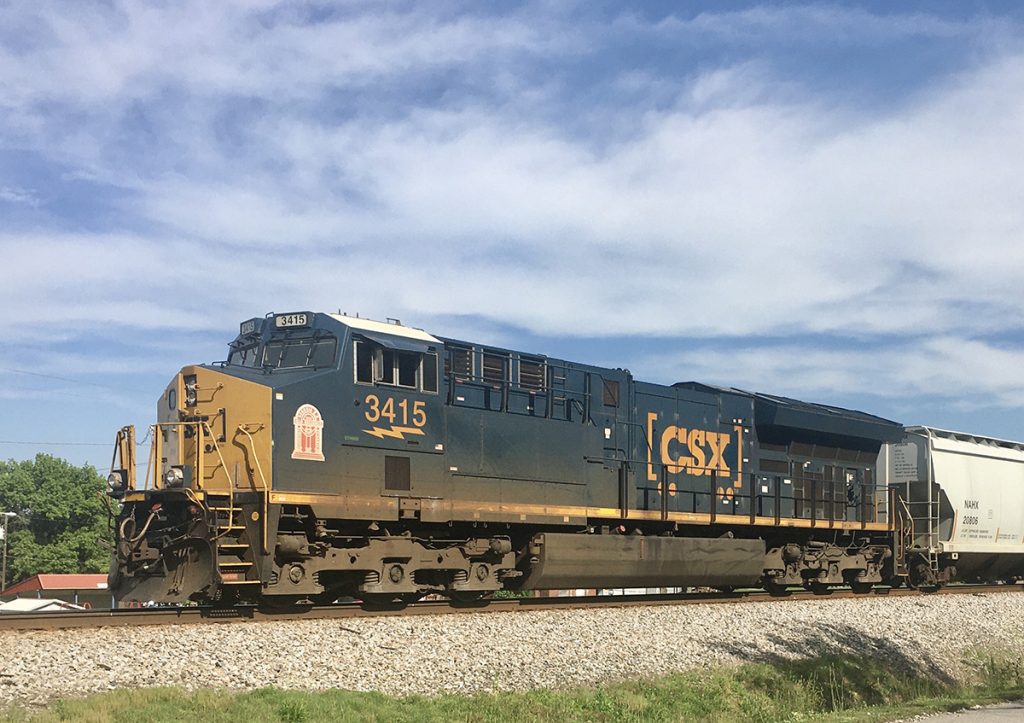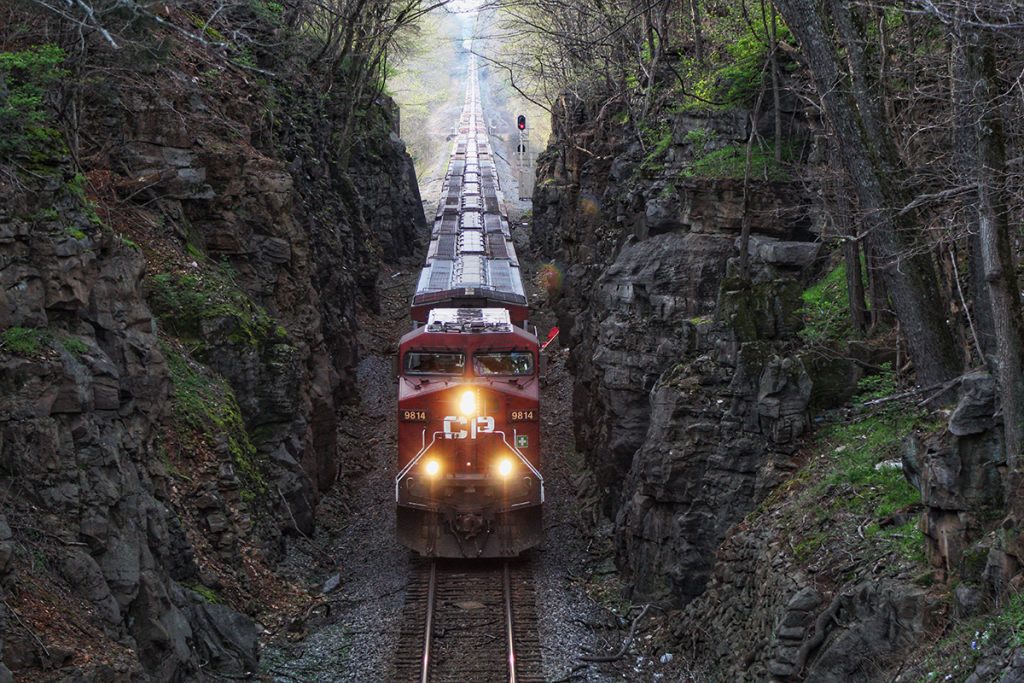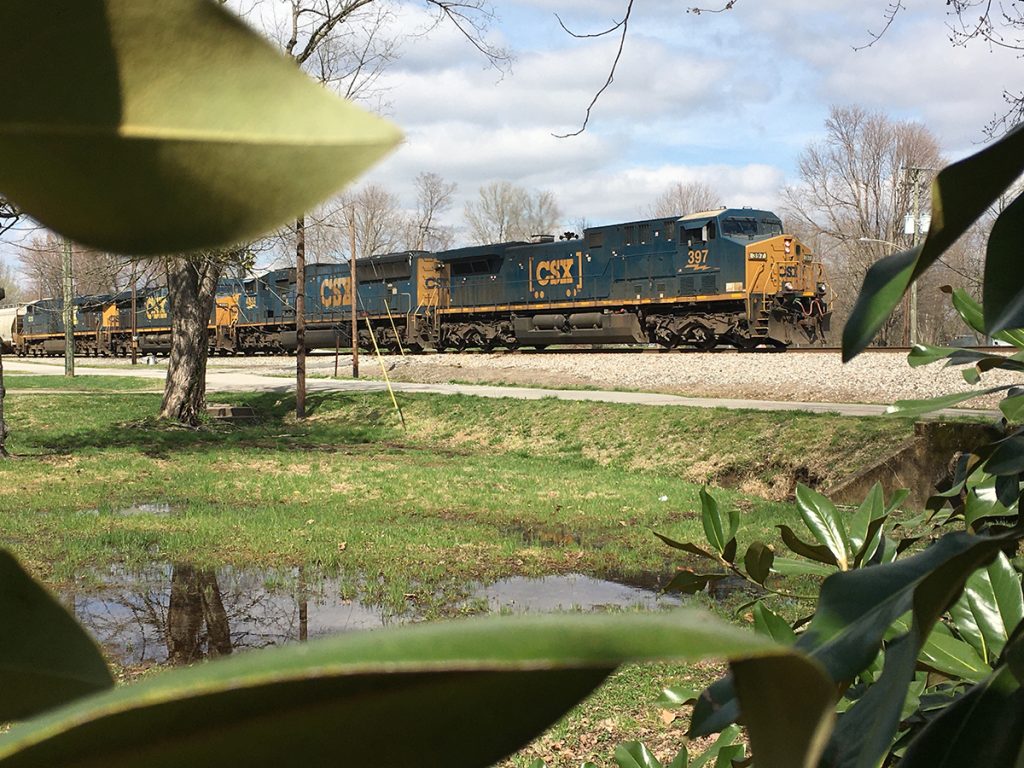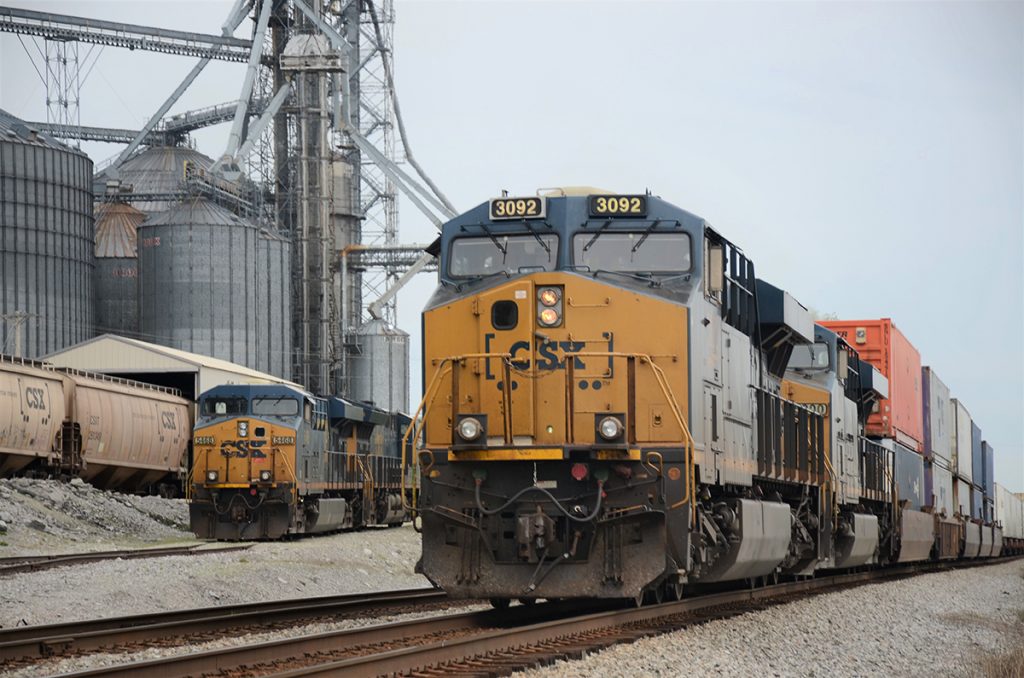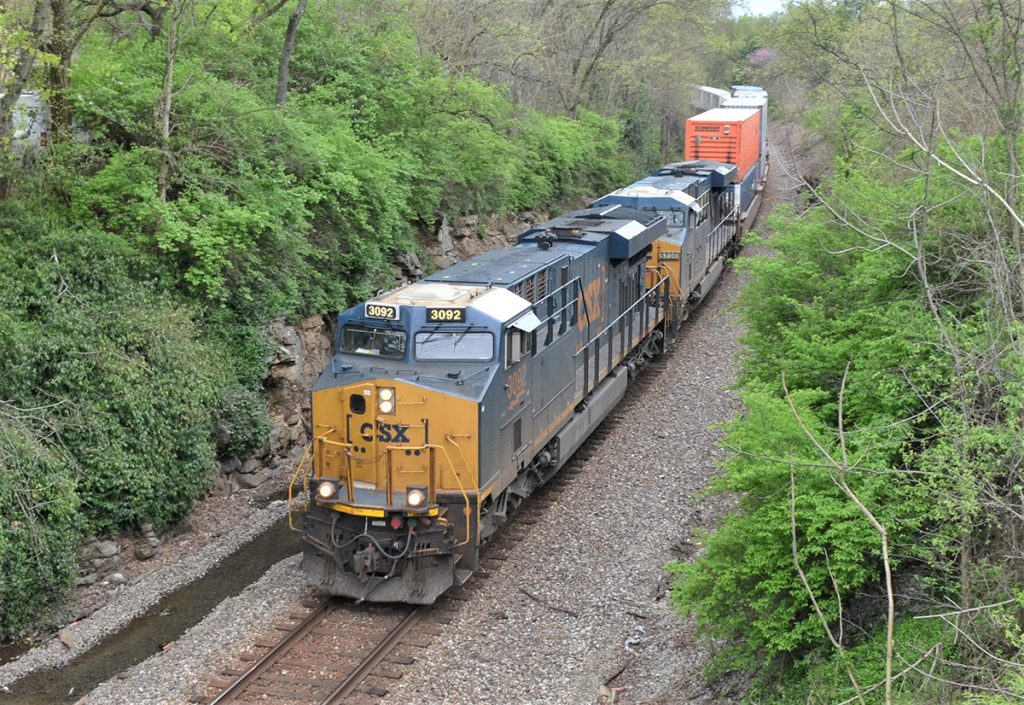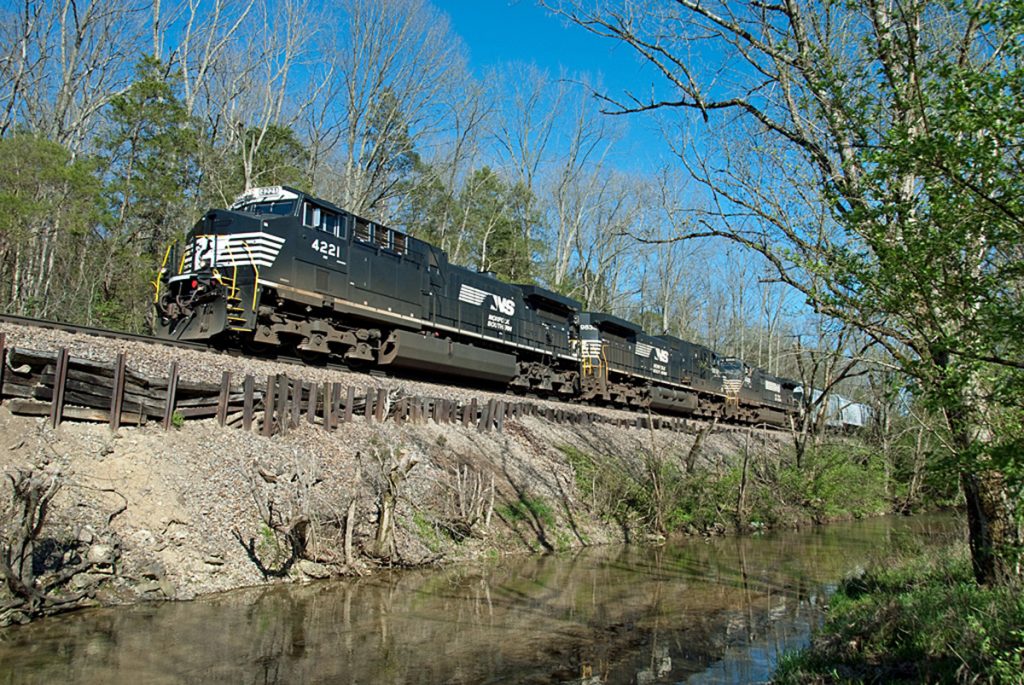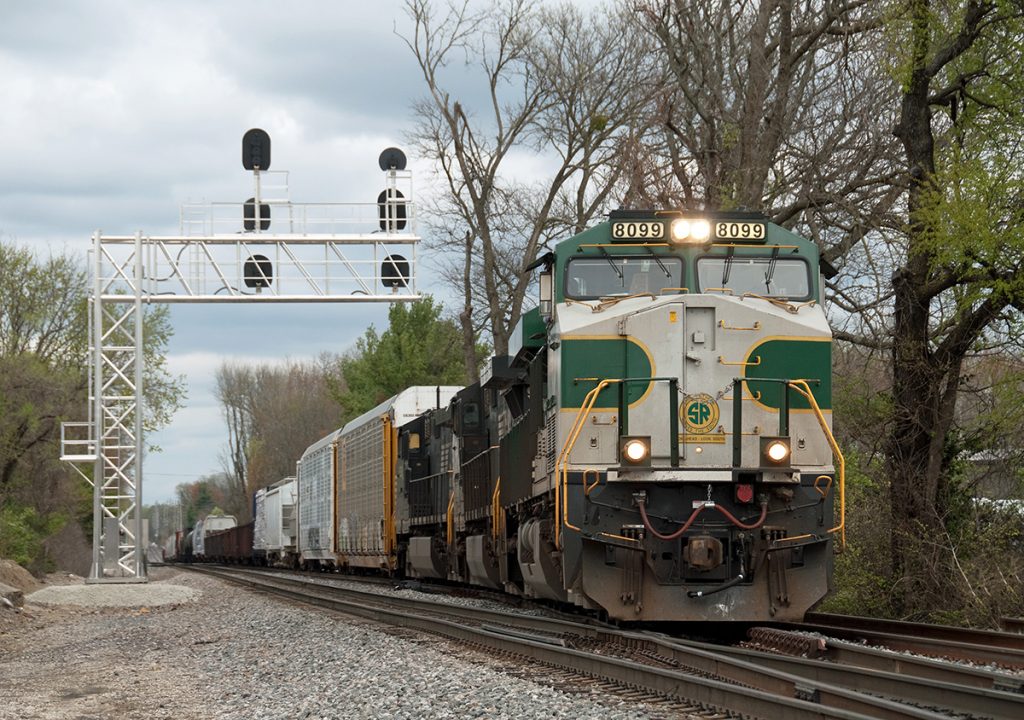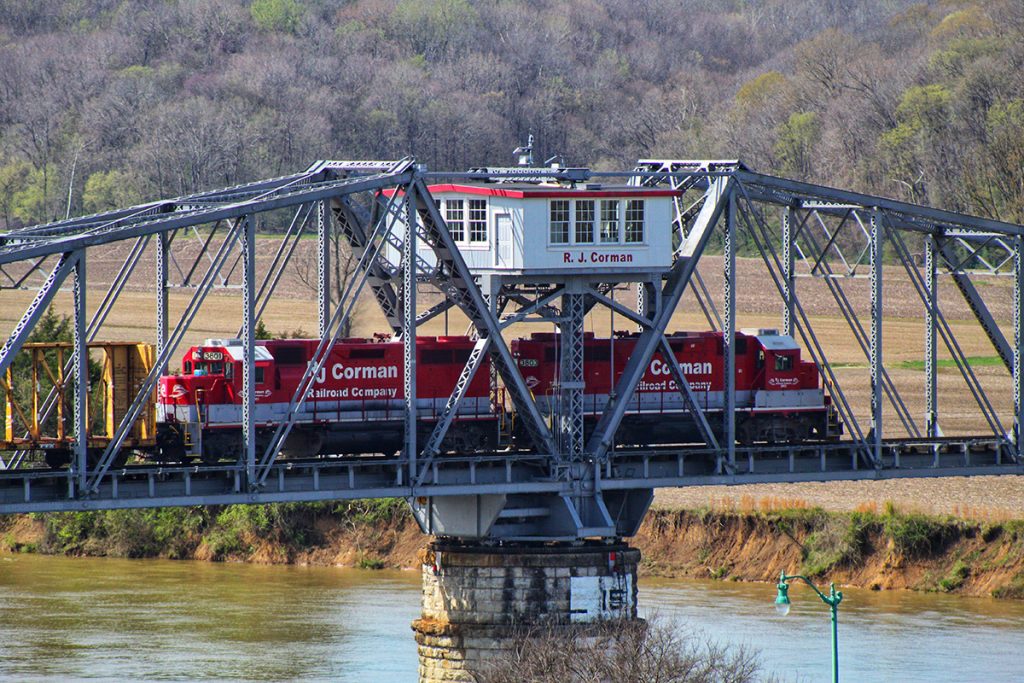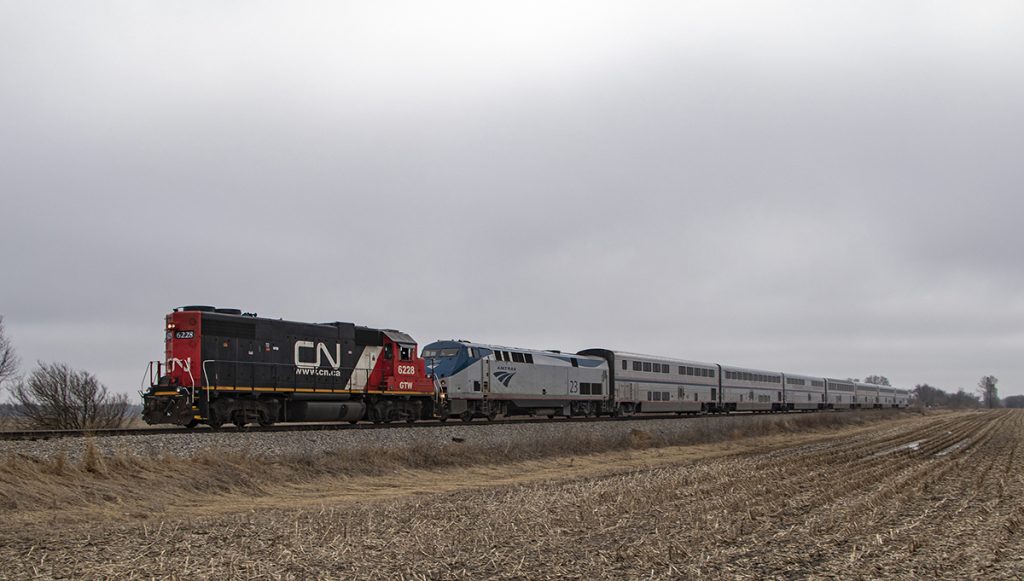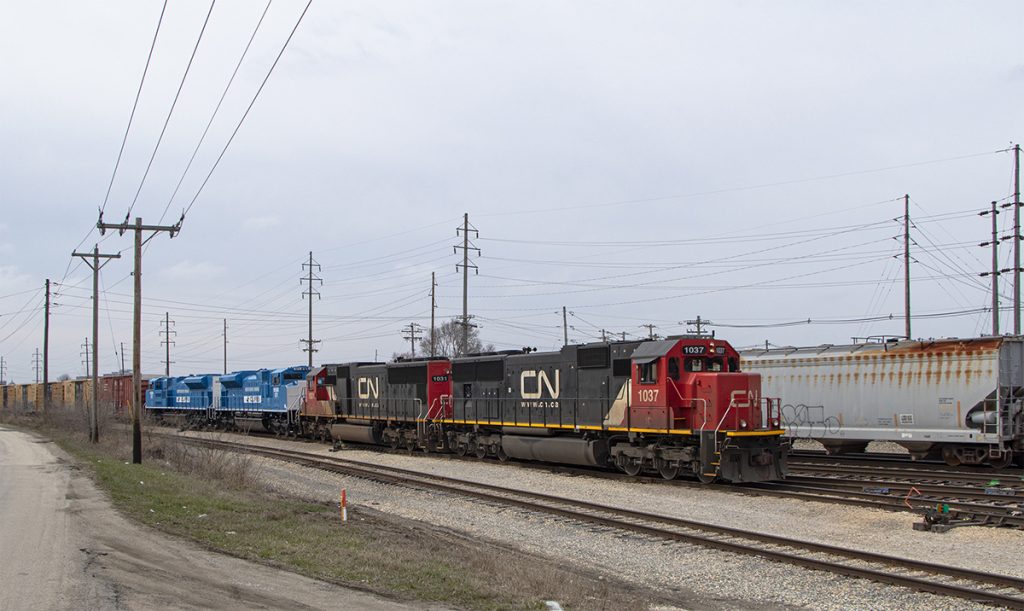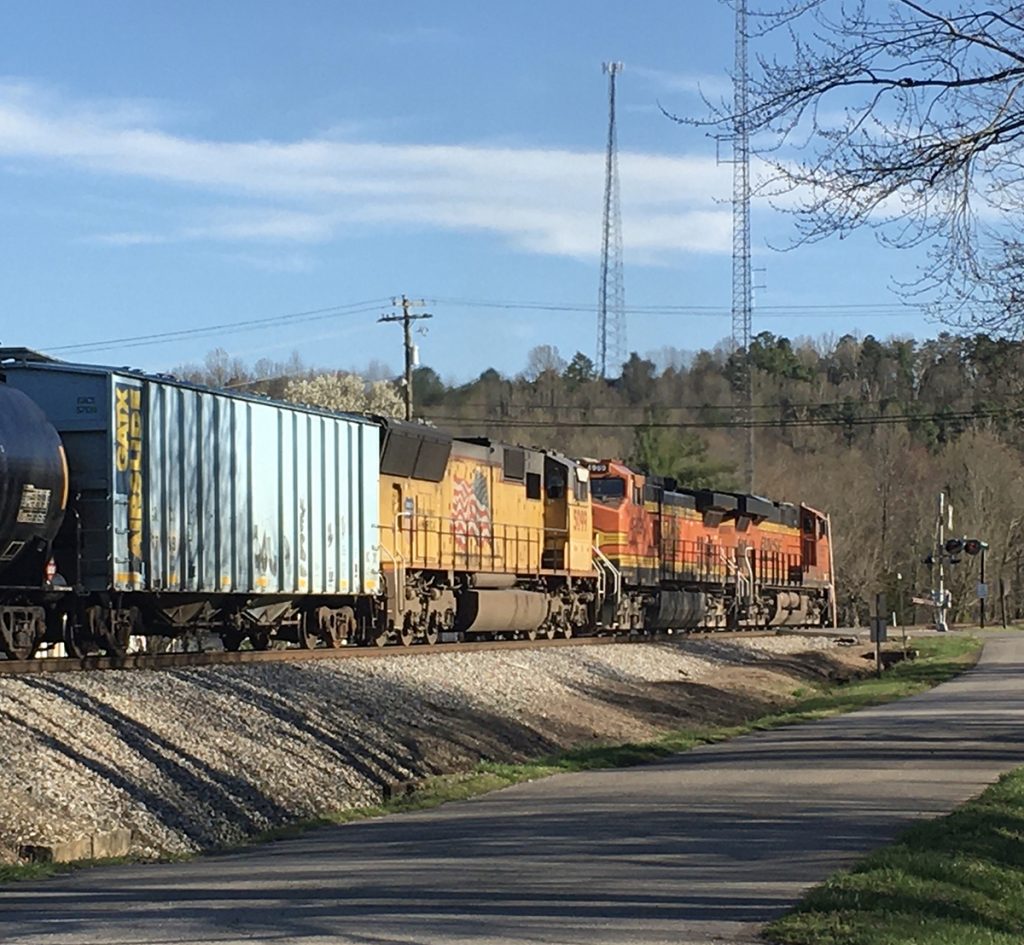
Sadly, these days we rarely see a caboose at the end of a train. Yesterday’s train crew of five or six is now an engineer and conductor, and they ride in comfort up front in their diesel locomotive. But in days past, the caboose was not only an observation platform, it served as the “Home on the Road” for the crew.
Until laws were passed limiting a workday to 16 hours (more recently reduced to 14 and now 12) the train crew relied on the caboose for food and housing. Trains were dispatched with orders stating essentially: “get it there – no matter how long it takes” Train crews cooked and slept aboard.
Trains would also stop where restaurants were close by, and many depots had a beanery. This cartoon by Joe Easley depicts the conductor instructing the hustling brakeman to “make mine Ham on Rye.” As you can imagine, train crews weren’t going to go hungry for long, as they knew where the food was good, pies fresh and coffee hot (and a cute waitress thrown in for good measure.) And more than just occasionally a track-side farmer lost a chicken or two.
In Trains Magazine’s special “Railroads and World War II” a story is told that President Roosevelt and Mexican President Manual Avila Camacho and their entourage were travelling in Mexico to Laredo at night. The train stopped out in the middle of nowhere, and as you can imagine the Secret Service went nuts. The Mexican Trainmaster calmly told them the crew was enjoying their usual late-night snack. “They can’t do that. There’s a couple of presidents on board.” At some point the agents were pointed toward a barely visible light. They ended up walking nearly a half mile to a small shack, where they found the crew enjoying sandwiches washed down with tequila. As presidential secretary Grace Tully later wrote, “Conversation in neither English nor Spanish could prevail upon them to return to the train until they had finished their meal.”
Gary O. Ostlund, gary.ostlund2@gmail.com, Pinehurst – USA

